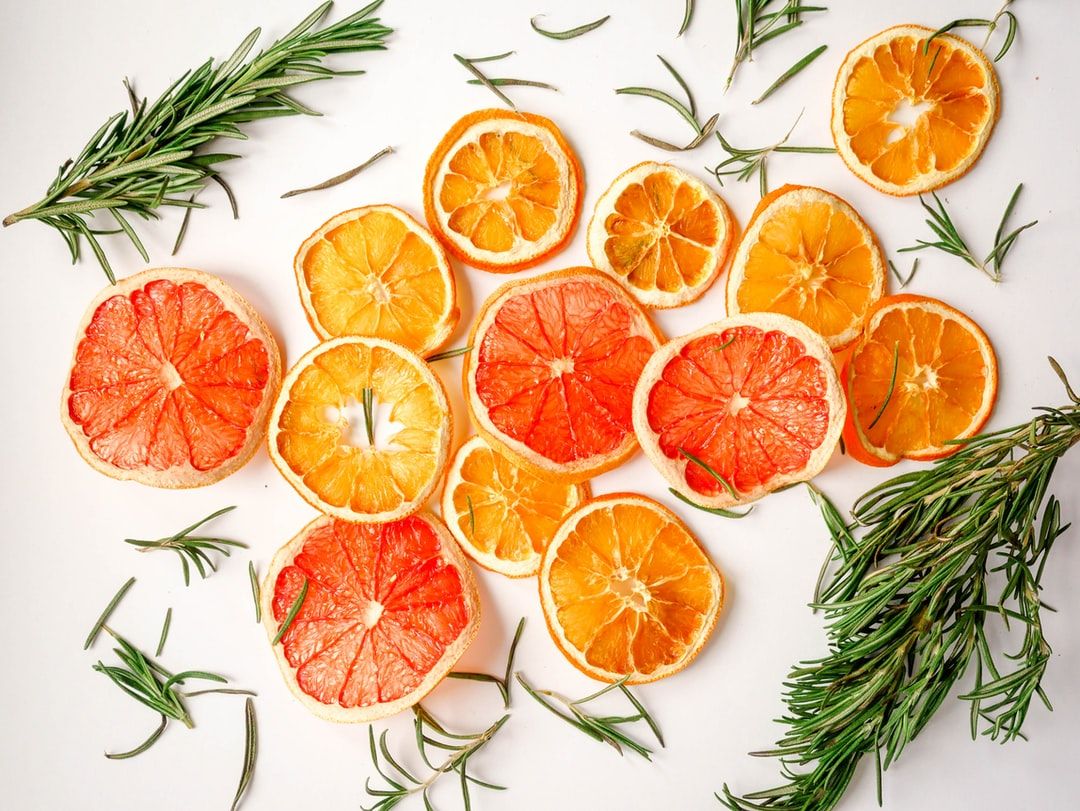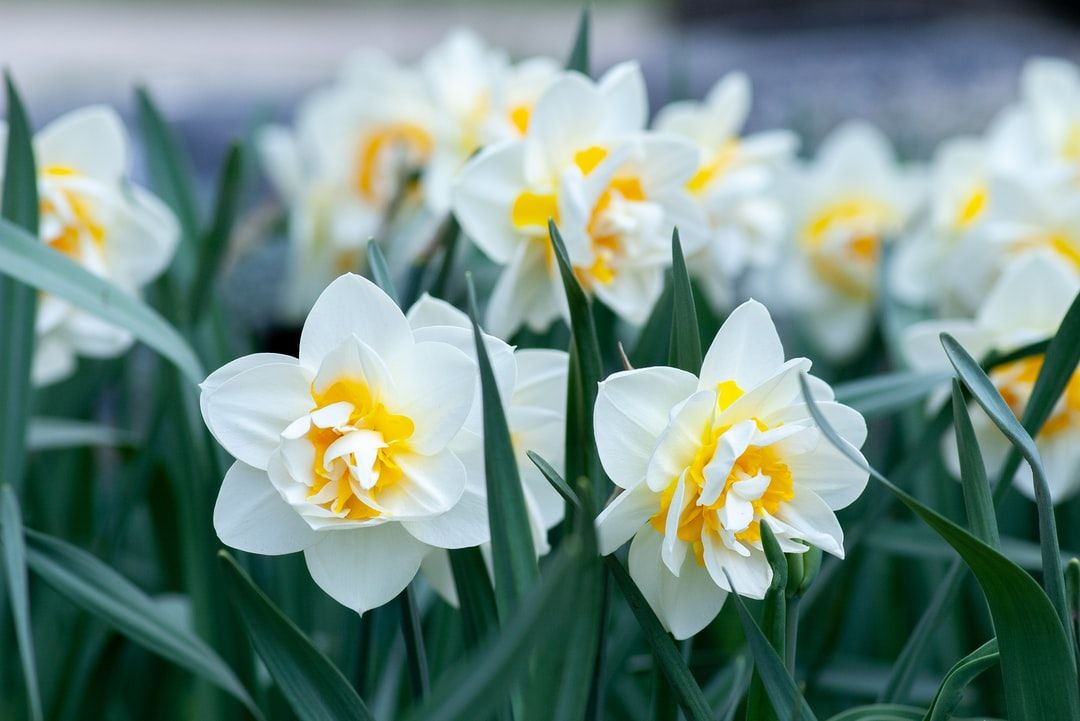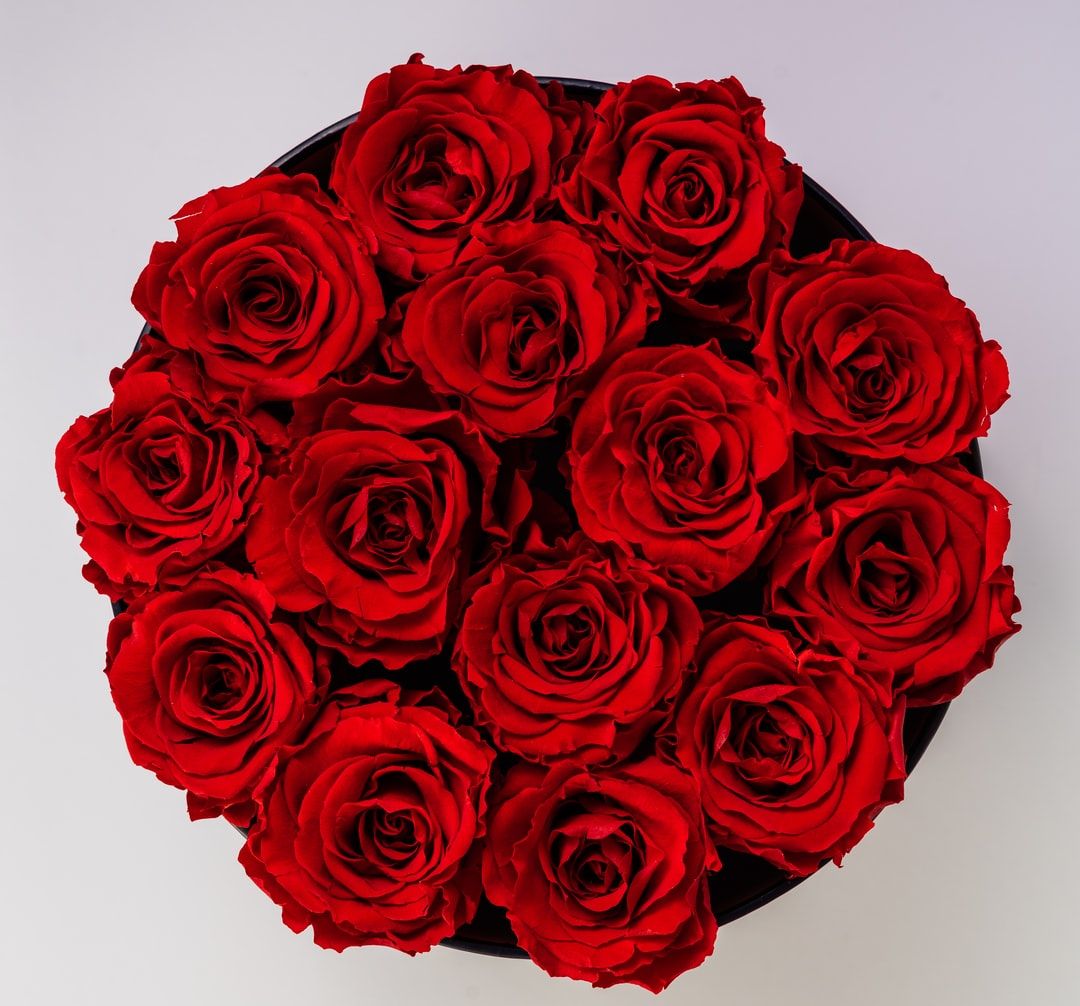Extraction Methods of Perfumery Ingredients
M.J. Nightingale
Science can be exciting, especially when it comes to the fascinating world of aromatic compounds, also known as raw materials!
You might be wondering, what are raw materials? Well, simply put, they're the building blocks of some of our favorite scents and perfumes. They're not soluble in water, but don't worry, they're fully dispersible in alcohol and carrier oils like jojoba.
There are various types of raw materials: essential oils, absolutes, natural isolates, and synthetic molecules. Each one is unique and has its own special characteristics that make it perfect for certain uses. In this article we'll discuss how we extract the natural oil from organic plant material.
You might be wondering, what are raw materials? Well, simply put, they're the building blocks of some of our favorite scents and perfumes. They're not soluble in water, but don't worry, they're fully dispersible in alcohol and carrier oils like jojoba.
There are various types of raw materials: essential oils, absolutes, natural isolates, and synthetic molecules. Each one is unique and has its own special characteristics that make it perfect for certain uses. In this article we'll discuss how we extract the natural oil from organic plant material.
It's easy to get swept away by the allure of fragrances, but let's not forget the crucial extraction process that brings these scents to life! Did you know that out of the vast array of plant species on our planet, only a select few can be used in perfumery or aromatherapy? That's because some plants are too difficult to extract, or they simply don't have the aromatic compounds to extract.
But don't let that discourage you! If you're curious about the extraction process, you're in for a treat. There are five unique methods, each serving a distinct purpose. Whether you're a science aficionado or just intrigued by the world of fragrances, delving into the world of raw materials and their extraction process is an enthralling topic that's sure to pique your interest!
1. Steam distillation
When it comes to extracting essential oils from flowers or plant parts, steam distillation is the go-to method. In this process, the harvested material is placed in a large vat where it is exposed to steam. As the steam passes through the plant material, it collects the essential oil molecules and carries them through an enclosed pipe to another tank for collection. Because water and oil don't mix, the oil can be easily tapped off while the water is drained from the bottom.
But that's not all - the leftover water from this process, known as floral water, is a valuable by-product that can be repurposed as a hydrosol. This hydrosol can be used in a variety of ways, such as a face mist or even refined for food grade consumption. For example, rosewater is a popular hydrosol derived from the steam distillation of roses, while lavender water provides a gentle, natural way to soothe infants as essential oils can be too strong.
And don't forget about the mulch left over from the distillation process - it's given new life as a compost for the next crop, ensuring that absolutely nothing goes to waste. From start to finish, steam distillation is a sustainable and fascinating process that brings us some of the most beloved fragrances and essential oils in the world.
Watch this video about the world's best Ylang-Ylang and the new distillation method designed by my friend!
Watch this video about the world's best Ylang-Ylang and the new distillation method designed by my friend!
2. Expression
When it comes to extracting essential oils, there are different methods to suit different types of plants. Expression is one such method, and it's important to note that it differs from cold pressing - a method commonly used for oils like olive or grapeseed. Expression is typically used for citrus fruit oils such as bergamot, lime, and sweet orange.
The process involves pressing the peels with thousands of tiny needles until the oil is expressed. Then, the oil is separated from the water using either a centrifuge or further pressure.
Here's an intriguing fact: Rose and most other natural oils aren't actually "oils" - they are aromatic isolates. We refer to them as oils because they are not soluble in water. However, citrus oils are a notable exception - they are true oils in every sense of the word.

3. Solvent extraction
If you're looking to extract essential oils from delicate flowers like jasmine, narcissus, or frangipani, solvent extraction is an excellent method to use. Unlike steam distillation, which can damage the fragrance or result in low yield for certain plants, solvent extraction is gentle and effective.
In some cases, solvent extraction is used in conjunction with steam distillation. For roses and lavender, for example, the two methods produce different aroma profiles, so you can end up with two distinct scents from the same flower. This adds a more complex and rounded accord to your perfume.
To carry out solvent extraction, the plant material is dissolved in a solvent like hexane, which draws out the oils. The oils, waxes, and fats are then washed with warm alcohol, which is removed by vacuum, leaving behind a pure aromatic oil.
One advantage of using this method is that less material is required, often making absolutes less expensive than their distilled counterparts. So, if you're looking to create complex fragrances with a unique aroma, solvent extraction is definitely a technique worth exploring.
4. Enfleurage
An ancient method of extracting fragrance from certain flowers, such as lilies or tuberoses, is enfleurage. Although it was invented in 17th century France, this technique is rarely used today. The process involves soaking the flower petals in animal fat until the fat is completely saturated with the scent. The fat is then washed with alcohol to capture the fragrance, and the alcohol is evaporated to extract the fragrance compound. The process is repeated with fresh flowers until the fat is saturated with the scent. This method is labor-intensive, which explains its decline in popularity.
Robertet is one of the few major manufacturers still employing this technique to extract the precious Tuberose flower fragrance. Interestingly, did you know that the Tuberose flower is related to the humble daffodil?
Fun fact: Did you know that Tuberose is related to the humble daffodil?

5. Carbon dioxide extraction
Also known as Co2 extraction, is a method that utilizes pressurized CO2 to extract the desired phytochemicals from the plant. At specific temperatures, CO2 behaves like a solvent, but without the associated risks. This process allows the CO2 to evaporate completely and quickly, without requiring heat.
The resulting essential oil has a scent that closely resembles the plant's living aroma, unlike steam-distilled oils. However, these oils are more expensive due to the large quantity of source plants and flowers needed to produce even a small quantity of oil. For instance, to make one kilogram of Neroli oil, 1000 kilograms of flowers are needed, and to make one kilogram of Rose oil, approximately 700 kg of flowers are needed.
It is essential to understand the different types of raw materials used in perfumery, which include essential oils, absolutes, natural isolates, and synthetic molecules. Absolutes are obtained through solvent extraction or enfleurage, and natural isolates refer to extracting a single molecule, whereas essential oils are obtained by extracting an entire compound.
Natural isolates are more potent and thus more expensive but are more stable. For example, a rose's entire compound consists of three natural isolates: 2-phenylethanol, geraniol, and citronellol. Synthetic molecules, on the other hand, are entirely human-made and are found in aromatherapy. They include chocolate, caramel, leather, gooseberry, among others.
Natural isolates are more potent and thus more expensive but are more stable. For example, a rose's entire compound consists of three natural isolates: 2-phenylethanol, geraniol, and citronellol. Synthetic molecules, on the other hand, are entirely human-made and are found in aromatherapy. They include chocolate, caramel, leather, gooseberry, among others.

If you're looking to impress your sweetheart with three dozen roses but can't make it to the florist, we've got a top tip for you. How about substituting the fresh roses with just a single drop of Rose essential oil? That's right - it takes a whopping 36 roses to produce just one drop of this precious oil!
But there's more to this tip than just a mind-blowing fact. Did you know that the scent of a rose is actually made up of three different natural isolates? And that extracting essential oils from plants can be done through a variety of techniques, such as steam distillation or solvent extraction? And here's another pro-tip - essential oils can only be mixed with carrier oils, never water.
If you're intrigued by the world of aromatherapy and essential oils, we've got you covered with some recommended books. "The Fragrant Pharmacy", in particular, was a personal bible for me when studying Aromatherapy back in 1997. So go ahead and impress your loved one with this sweet, romantic gesture, all while impressing them with your newfound knowledge of essential oils.
Who we are
At The Scent Academy, led by founder Melanie Jane, we offer expertly crafted courses in scent creation. Whether you're a beginner or looking to advance, we have the right course for you. Start your fragrant journey with Melanie’s wealth of knowledge today. Learn more about Melanie Jane here
Copyright © THE SCENT ACADEMY BY MELANIE JANE 2024
Write your awesome label here.
THE SCENT ACADEMY
FOR ALL LEVELS OF FRAGRANCE ENTHUSASTS
SAY GOODBYE TO SCENT SNOBBERY AND JOIN OUR ACADEMY TODAY!

